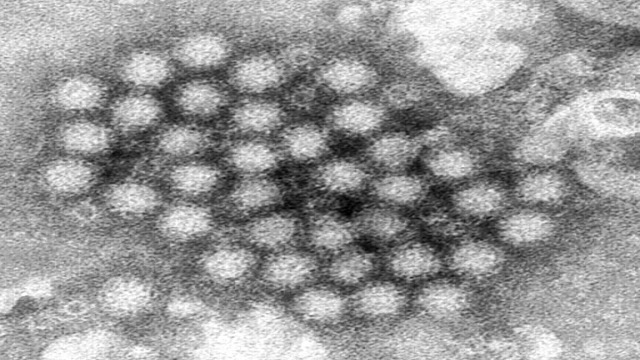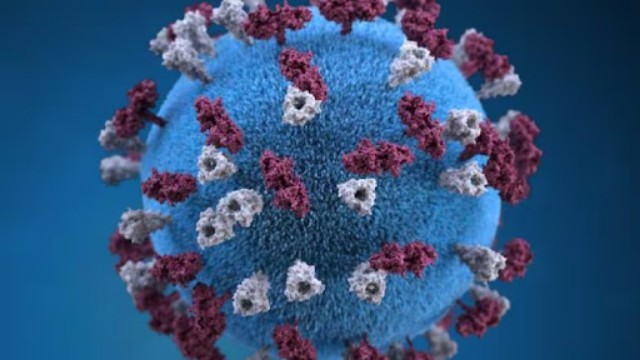
Source: The Canadian Press
Norovirus outbreaks are on the rise in various regions across the United States this winter, according to recent reports from the U.S. Centers for Disease Control and Prevention (CDC). Data reveals a significant increase in cases, with 91 outbreaks reported during the week of December 5, up from 69 outbreaks recorded in the last week of November. Historically, the number of outbreaks in early December has rarely surpassed 65.
Norovirus, known for causing sudden vomiting and diarrhea, often strikes in places where people are in close quarters, such as cruise ships, nursing homes, schools, and correctional facilities. This highly contagious virus is a leading cause of foodborne illness in the U.S., responsible for 58% of such infections each year.
The virus spreads easily, with as few as 10 viral particles enough to cause illness. Each year, about 2,500 outbreaks are reported in the U.S., with cases peaking from November to April. Alongside vomiting and diarrhea, symptoms can include nausea, stomach pain, headaches, body aches, and fever.
The virus is commonly transmitted through direct contact with an infected person, sharing food or utensils, or through contaminated food, water, and surfaces. Once infected, symptoms typically develop within 12 to 48 hours. While most individuals recover in one to three days, the virus still leads to approximately 900 deaths and over 100,000 hospitalizations annually, particularly among older adults. Children, especially those under 5, are also at a higher risk of complications, including dehydration, which can be life-threatening.
Though there is no specific medication to treat norovirus, staying hydrated is essential. Health professionals recommend drinking plenty of fluids, avoiding coffee, tea, and alcohol, and seeking medical attention if signs of dehydration occur, such as decreased urination, dry mouth, dizziness, or unusual drowsiness in children.
To protect against norovirus, frequent handwashing with soap and warm water for at least 20 seconds, especially before meals, is highly effective. Disinfecting surfaces with household cleaners can also help reduce the risk of infection.















